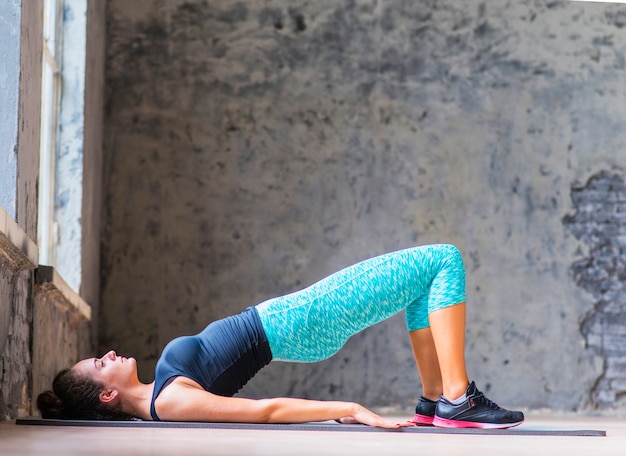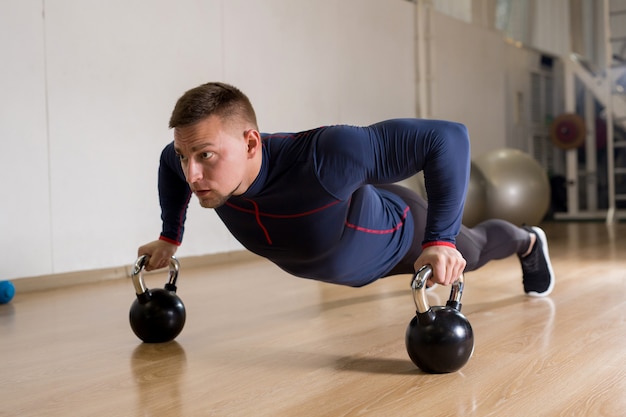The Runner's Posture Blueprint: Master Ergonomics, Stay Injury-Free, and Track Progress Weekly
Running is one of the most natural forms of human movement, yet many runners overlook a critical factor that impacts performance, endurance, and long-term joint health: posture and ergonomics. Poor posture doesn’t just affect how you sit at your desk—it directly influences your running form, breathing efficiency, and injury risk.
This comprehensive checklist is designed specifically for runners who want to start strong, stay consistent, and make measurable progress—week after week.
Why Posture Matters for Runners
Good posture aligns your spine, shoulders, hips, and limbs in optimal positions, reducing strain on muscles and joints. For runners, this means:
- Improved oxygen intake and breathing efficiency
- Reduced risk of overuse injuries (e.g., shin splints, IT band syndrome)
- Greater stride efficiency and energy conservation
- Better core engagement and pelvic stability
- Faster recovery and reduced muscle fatigue
Recent trends highlight posture as a longevity and wellness hack—not just for appearance, but for functional health. Runners who prioritize posture often report fewer aches, better endurance, and a more fluid gait.

Daily Posture & Ergonomics Checklist for Runners
Use this checklist every day—whether you're training, recovering, or working—to maintain optimal alignment and prevent imbalances.
1. Morning Posture Reset (5 minutes)
- Wall Angels: Stand with back against a wall, arms in a goalpost position. Slide arms up and down slowly—10 reps.
- Chin Tucks: Gently tuck chin to chest to correct forward head posture—15 reps.
- Thoracic Extension over Foam Roller: Place roller under upper back, support head with hands—roll gently for 1 minute.
2. Workstation Ergonomics (Especially for Remote Runners)
- Monitor at eye level to prevent neck strain
- Elbows at 90°, wrists neutral while typing
- Feet flat on floor or footrest, knees at 90°
- Sit on sitz bones with lumbar support
- Take a 2-minute posture break every hour—stand, stretch, walk

3. Pre-Run Posture Activation
- Glute Bridges: Activate glutes to prevent over-reliance on quads—2 sets of 12
- Dead Bugs: Engage core and stabilize spine—2 sets of 10 per side
- Scapular Retractions: Squeeze shoulder blades to open chest—15 reps
4. Running Form Focus Points
- Keep head neutral, eyes forward
- Relax shoulders, avoid hunching
- Maintain slight forward lean from ankles (not waist)
- Engage core lightly throughout the run
- Land mid-foot under center of mass
5. Post-Run Recovery & Alignment
- Stretch chest, hip flexors, hamstrings, and calves
- Use foam roller on thoracic spine and glutes
- Practice standing posture check: ears over shoulders, shoulders over hips
Weekly Progress Tracking
Consistency is key. Track your posture and ergonomics habits weekly using this simple scorecard:
| Day |
Morning Routine |
Workstation Check |
Pre-Run Activation |
Form Focus |
Recovery Routine |
| Mon | ✅ | ✅ | ✅ | ✅ | ✅ |
| Tue | ✅ | ❌ | ✅ | ✅ | ✅ |
At the end of each week, review your score. Aim for 80% completion to build sustainable habits. Note any changes in running comfort, breathing, or pain levels.
Common Posture Mistakes Runners Make
- Forward Head Posture: Increases neck strain and reduces lung capacity.
- Rounded Shoulders: Compresses chest, limits arm swing efficiency.
- Anterior Pelvic Tilt: Common in desk workers; leads to lower back pain during runs.
- Overstriding: Landing with foot too far ahead—increases impact and braking forces.
Final Tips for Long-Term Success
- Record a short video of your running form monthly to spot postural drift.
- Invest in a supportive running shoe that matches your gait.
- Include strength training 2–3 times per week to support posture muscles.
- Stay mindful of posture during daily activities—driving, standing, using phones.
Great running starts with great alignment. By integrating this posture and ergonomics checklist into your routine, you’ll not only run faster and longer—you’ll protect your body for years to come.

















